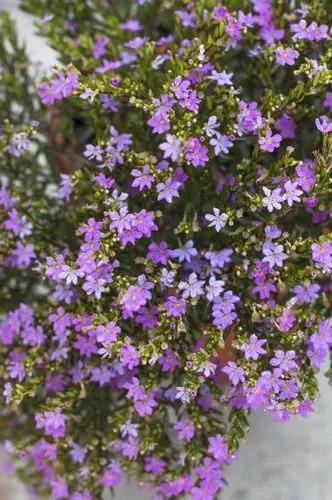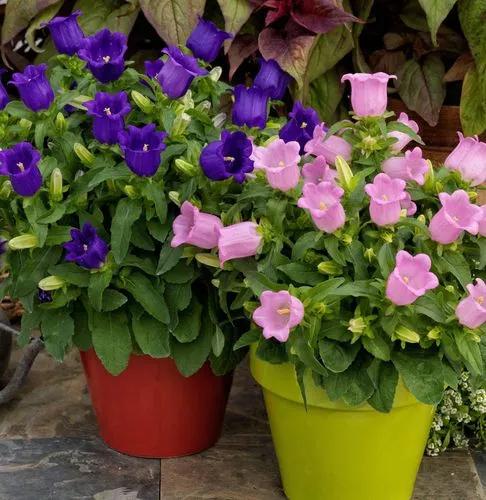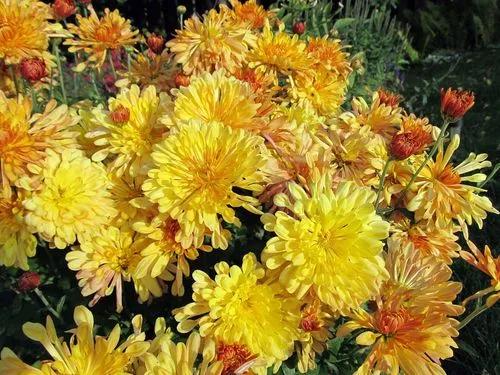Lythrum salicaria, or purple loosestrife, is a flowering plant belonging to the family Lythraceae. Other names include spiked loosestrife and purple lythrum. Genus name comes from the Greek word lythron meaning blood with reference to the flowers.
Purple loosestrife Care
Lythrum salicaria



Lythrum salicaria, commonly called purple loosestrife, is a clump-forming wetland perennial that is native to Europe and Asia. It is believed to have been first introduced into the U.S. from seed contained in ships’ ballast, and it became established in certain estuaries in the northeastern states by the early 1800s. Although many alien invasive plants have naturalized by escaping gardens, purple loosestrife basically began naturalizing on its own in rural areas. It has gradually spread throughout much of the United States, particularly in marshes, swamps, pond peripheries, ditches and wet meadows. In full flower, a colony of purple loosestrife produces spectacular bloom. The problem is that it is so invasive that it can rapidly colonize wet areas and both choke out native vegetation and destroy wildlife habitat. It typically grows 2-4’ tall on stiff upright stems.
How to Care for the Plant

Water

The plant prefers moist or wet soil and can grow in water. Water regularly if it`s grown in an average garden.

Sunlight

Choose a place in full sun or part shade.

Soil

For best results grow Lythrum salicaria in moist soil, such as around the edge of a pond. They will prefer average, well-drained soils.

Temperature

This plant can be grown in the areas with the lowest winter temperature of −40°C (−40°F).

Popularity

1,414 people already have this plant 314 people have added this plant to their wishlists
Discover more plants with the list below
Popular articles






